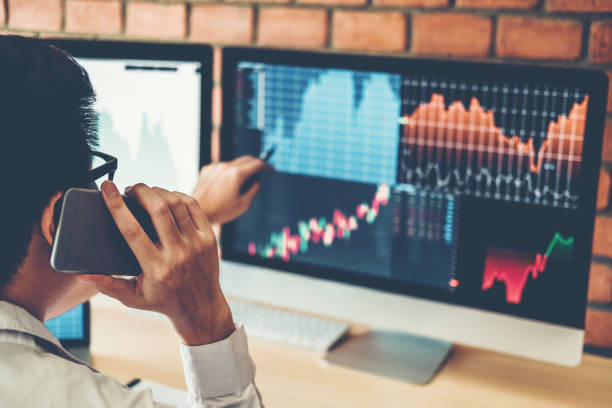The foreign exchange market is open 24 hours a day, from Monday to Friday, allowing around-the-clock currency trading for traders worldwide. Financial and clearing centers influence currency movements in the forex market, with volatility increasing once they open, which helps with the aggressive movement of currency pairs.
The positive thing about forex trading is that there is always a ready market for currency exchange, but not all days produce the same results. The price action stays consistently volatile on some days while muted on other days. Some of the varying activities exhibited by different currency pairs are due to the online participants’ general demographics at the time of trading.
Forex Trading Sessions
The financial centers that stay open for a 24-hour trading period base their activities on different trading sessions. The financial centers are spread across the world, but there are three main trading sessions in the forex trading market.
The three are the North American session, the Asian session, and the European session, also called the New York, Tokyo, and London sessions, with London being the busiest. The majority of global financial companies have offices in all three time zones, which allows them to cope with all the expected and unexpected market trends.
The European Session (London)
The European session is by far the most important and popular of all the trading sessions, which is understandable considering London is the heart of the world’s financial system and largest financial center in the world. London defines all the parameters of the European session because that is where the clearing of the euro takes place.
The official trading London session hours are between 7.30 a.m. and 4.00 p.m. GMT. The trading starts its active sessions just after the close of the Asian trading hours. The European trading session extends its hours of activity due to other capital markets such as France and Germany.
The other reason for London’s popularity is that it is home to some of the most important currencies with highly large central banks such as the Bank of England, the European Central Bank, and the Swiss National Bank, among others. The main currencies are the Euro, the British pound, and the Swiss franc (EUR, GBP, and CHF).
When paired with other currencies, the European currencies have much better movements. Some of the greatest pairs include the euro and British pound (EURGBP), the British pound and Swiss franc (GBPCBF), the Euro and Swiss franc (EURCHF), etc.
The North-American Session (New York)
The North American session comes a close second to the European session. It opens several hours after the close of the Asian market and halfway through the European session. Activities in the US dominate the North American session but with active contributions from South American countries, Canada and Mexico.
New city activities determine the participation and volatility for the American session. The American economy is the largest in the world, with the dollar being the global reserve currency. Therefore, everything that happens in the US plays a huge role in the forex market’s outcomes. The Federal Reserve of the United States (FED), the world’s most powerful central bank, supervises the American economy and the dollar.
The Asian Session (Tokyo)
Asia is home to Japan and China that play some of the largest roles in influencing the world economy. When the forex markets open for trading, the Asian market is the first to see all the action. Tokyo represents all the activities of the Asian session with the capital markets taking place from 11 p.m. to 8 a.m. GMT.
However, the Tokyo trading hours is from midnight to 6 a.m. GMT. The extension of the hours is the scattered markets that involve other countries that contribute to the Asian session, such as Russia, Australia, New Zealand, and China. The banks that contribute to the forex market’s success in the Asian session include The Bank of Japan and The People’s Bank of China.
Wrapping it up
Some of the most successful forex traders stay active in all the trading sessions because they want to keep up with the market trends. Irrespective of which trading session you decide to go with, none is better than the other is because they are all important in the forex trading market. The most important thing is to learn the important facts about each trading session for forex trading success.
You can improve your forex trading with several resources, such as this one here https://www.home.saxo/en-sg/products/forex.



